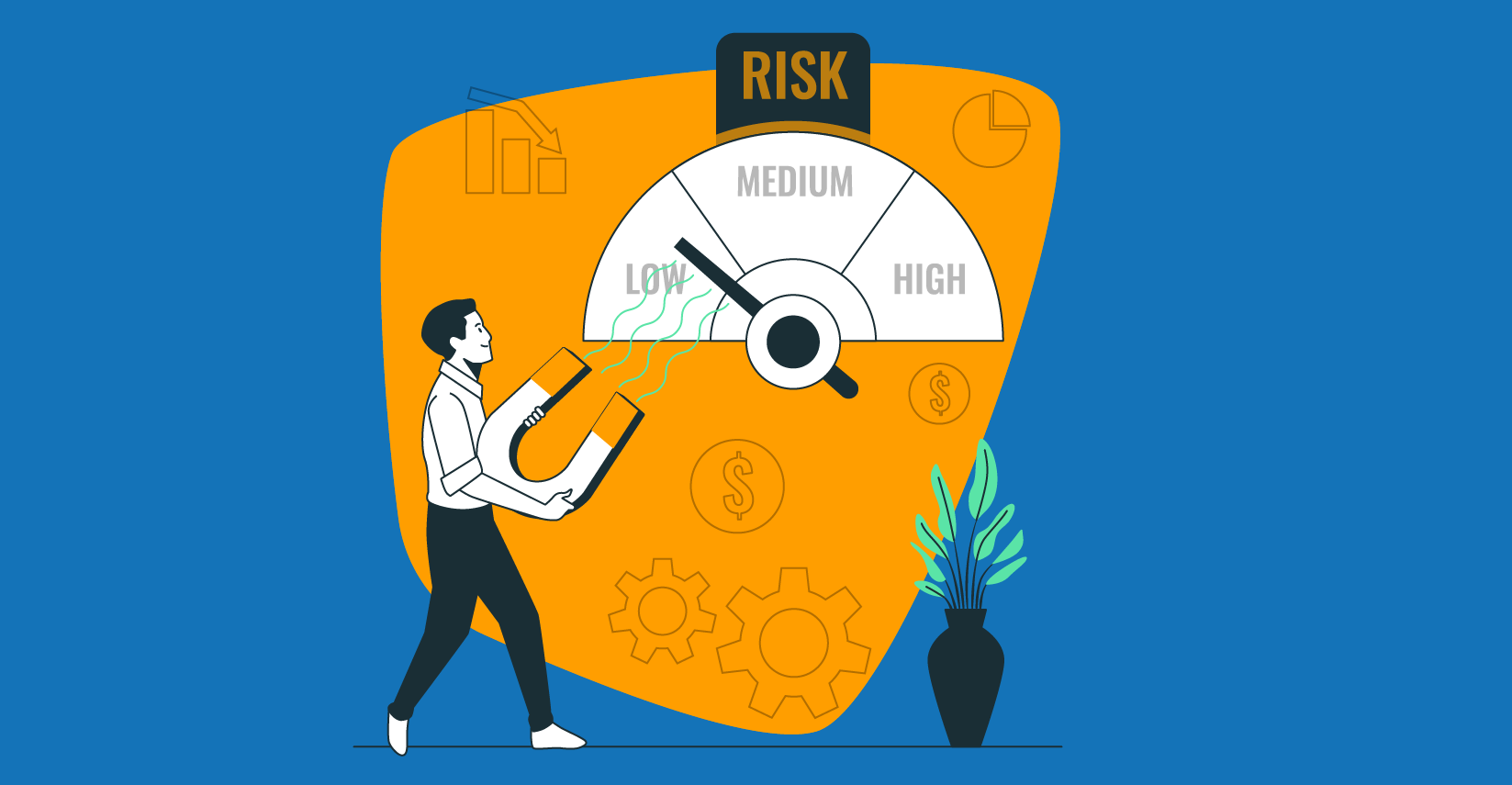The Quality Assurance Cycle: Step-by-Step Guide to Ensuring Excellence

- January 25, 2024
- admin
Before releasing any kind of software product on the market, there is one thing you need to provide your users: quality assurance. You have to make sure the program is just as you intended it to be in terms of use, functionality, and quality. For that to happen, QA services consulting companies go through a standard cycle to ensure the best experience for the end user.
Analysis of Software Requirements
First things first, QA testing services need to define the requirements of the software in question. Documents have to be reviewed to understand the path of the program and set the goals that should be met. Automation feasibility surveys may also be performed during the stage of QA.
Planning Phase of the Test
Once the requirements have been decided, the next stage is to plan the overall process. A custom test strategy will be created, and potential risks may also be identified. The appropriate QA testing tools for the specific project are also determined, and the professionals will identify the scope of the testing. If the QA team has not been created yet, this phase shall handle that along with the role assignment.
Creating the Test Cases
Next, you need to create the test cases for both QA test automation and manual tests. Depending on how many functionalities the software has, this may take some time. Tests have to be conducted for all functions, ensuring they work as expected. As a result, a quality assurance software testing company will define the test results at this stage.
Executing Tests and Reporting Bugs
Once the technicalities have been identified, it is time to run the tests. The QA team will create a bug report, tracking and ranking the errors based on priority. The reports will be then delivered to the developers, who will fix the bugs according to their position on the priority scale.
Regression Testing Phase
Once the bugs have been addressed by the development team, the QA team will again run their codes to ensure everything works as expected. A regression test is often done after an issue has been fixed or a new feature has been added. This makes sure that the changes do not have a negative impact on the functionality of the software.
Release Testing
The final step that QA services outsourcing teams go through is release testing. During this stage, the QA team will verify whether the product is ready to meet the end users or not. QA professionals often use modified tests to fit potential changes during the fixing stage. If the application passes the test, it’s ready to be released.
The Bottom Line
QA services management can create custom testing cycles based on the project they are working on. However, these steps are standard and ensure the overall quality of the product. Once the features have been tested thoroughly, the program is ready to be released on the market.











